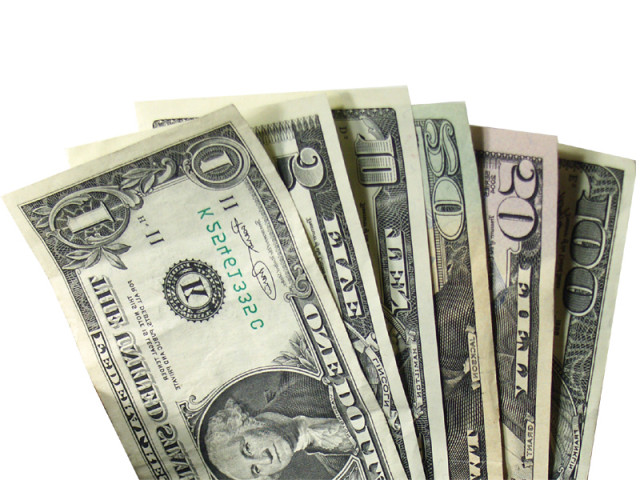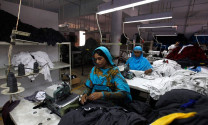From manufacturing to branding: Garment manufacturers operate with squeezed margins
Their products are sold by global brands at prices 3 to 6 times higher.

From manufacturing to branding: Garment manufacturers operate with squeezed margins
If we draw a list of countries where the largest apparel brands of the United States and Europe run their overseas manufacturing operations, Pakistan’s name will likely be at the top. Apparel merchandisers say that from Nike, Kohl’s, Sears and Wal-Mart, to Gap, Old Navy and Macy’s, there is hardly a globally renowned clothing brand that does not outsource its manufacturing operations to Pakistani garment manufacturers.
While being the manufacturing partner of international clothing brands may be a feather in the cap of domestic apparel-makers, the reality remains that they operate in the least profitable segment of the supply chain.
“A garment can retail anywhere from four times the FOB (freight on board) value. It is a simple case of brand perception,” said Edward Hertzman, Director of Business Development at Synergies Worldwide, a global apparel sourcing company.
According to Garments Manufacturers and Exporters Association (PRGMEA) Central Chairman Shehzad Salim, international clothing brands charge on average a retail price that is three times the per-piece rate they offer their Pakistani manufacturing partners.
“You can say that a $10 piece will sell for $35 in the retail market. Companies such as Carrefour and Wal-Mart keep the margin relatively lower than high-end brands like Armani, whose retail price may sometimes be six times the original cost of the garment.”
Apparel merchandisers who work with Karachi-based garment manufacturers say that greige fabric, which most of them buy as their main input, forms the largest component of the total cost of their operations.
“Large customers demand a proper cost breakdown on a per-piece basis. In most cases, well over 60% of the total cost comes from the purchase of greige fabric alone. The share of dyeing and printing is roughly 8%-10%. The cost of stitching and packaging is 6%. The administrative costs are 4%. On average, the profit margin is 6%,” one merchandiser said, requesting that he not be named.
While garments form almost one-third of total textile exports of Pakistan every year with the export of apparel worth over $4 billion in 2010-11, it is surprising that few in the more than 1,000 members of PRGMEA, according to Salim, have a brand of their own in the international retail market.
From manufacturing to branding
Started as an export-oriented textile manufacturing business in 1991, ZK Industries launched its apparel brand under the name of Needle Impressions four years ago. Talking to The Express Tribune, ZK Industries partner Yasir Younus Orawala says he has opened seven retail outlets in Karachi, Lahore, Islamabad, Rawalpindi and Dubai since July 2008.
“People are increasingly switching from unbranded to branded garments. They’re getting brand conscious. We entered retail because in manufacturing we were limited by the requirements of our buyers,” Orawala says.
Over the past three years, the company’s number of machines has grown by a whopping 1,200%. Still, it is expanding its retail footprint cautiously. “We don’t have franchises in Pakistan because we don’t want to put our reputation at stake. Simply put, we’re scared because we expect dishonesty and cheating,” he says. Interestingly, Hertzman thinks Pakistan lacks a strong indigenous retail culture. That’s because western brands still dominate local brands since they are perceived as status symbols, he says.
“With the large amount of US and EU textiles being manufactured in Pakistan, the access (of Pakistanis) to these brands is quite large. As Pakistan’s economy is mainly based on textile manufacturing, the knowledge base of the consumer is high. People looking to purchase from the local market would be more interested in the quality of the garment than the brand,” he says.
The reason textile manufacturers are likely to succeed in the retail business is the integrated nature of their production process, says Orawala.
“Other retail brands can show the product, but we can describe it as well. From cut to pack, we run our own operations. The company’s secret of success is that it enjoys profits at all levels,” Orawala adds, urging textile manufacturers to step into the retail business with branded products.
Published in The Express Tribune, April 30th, 2012.









1733130350-0/Untitled-design-(76)1733130350-0-208x130.webp)









COMMENTS
Comments are moderated and generally will be posted if they are on-topic and not abusive.
For more information, please see our Comments FAQ